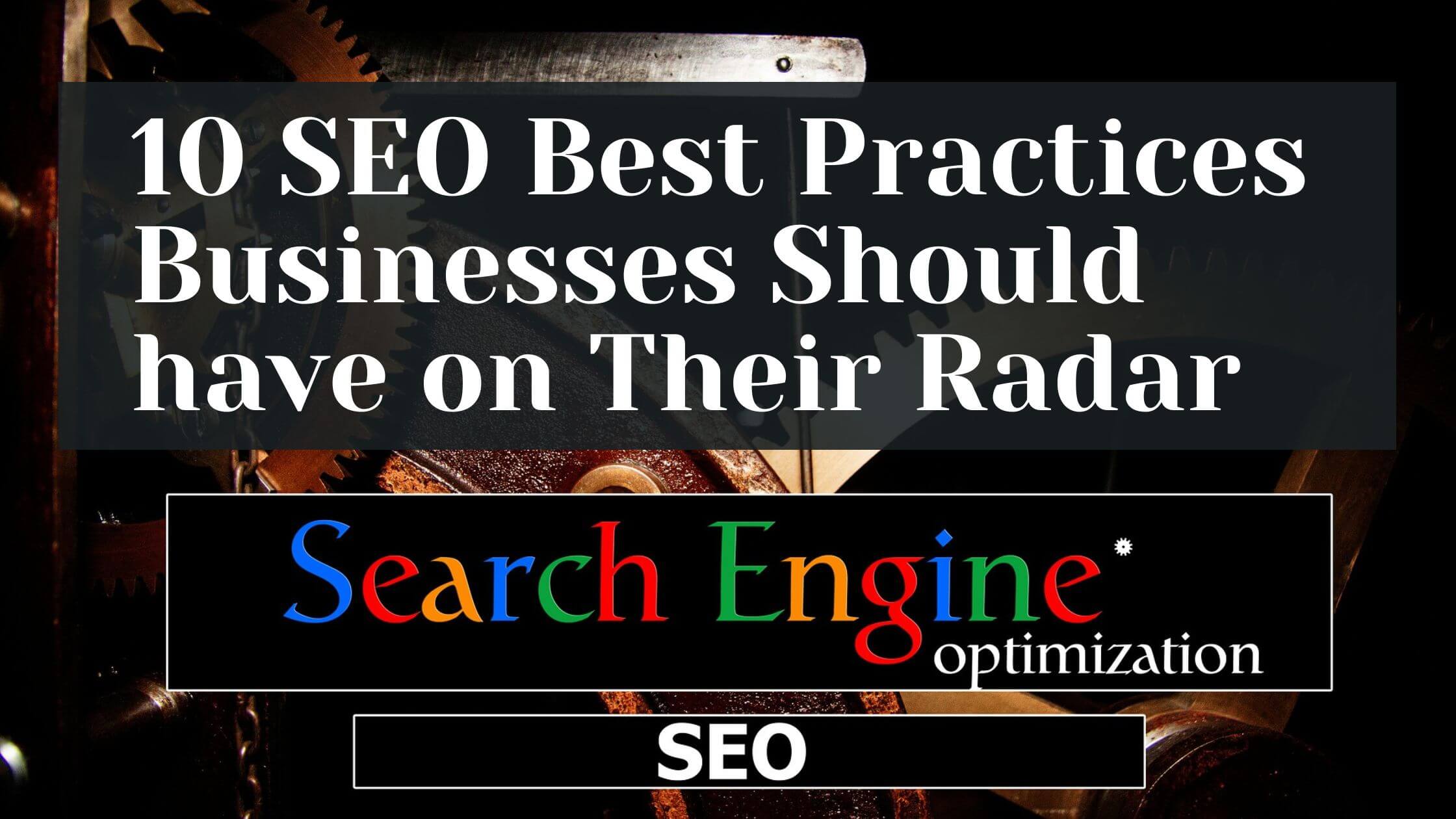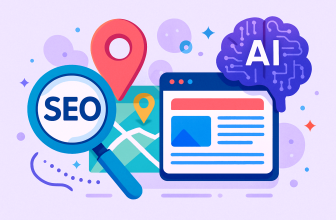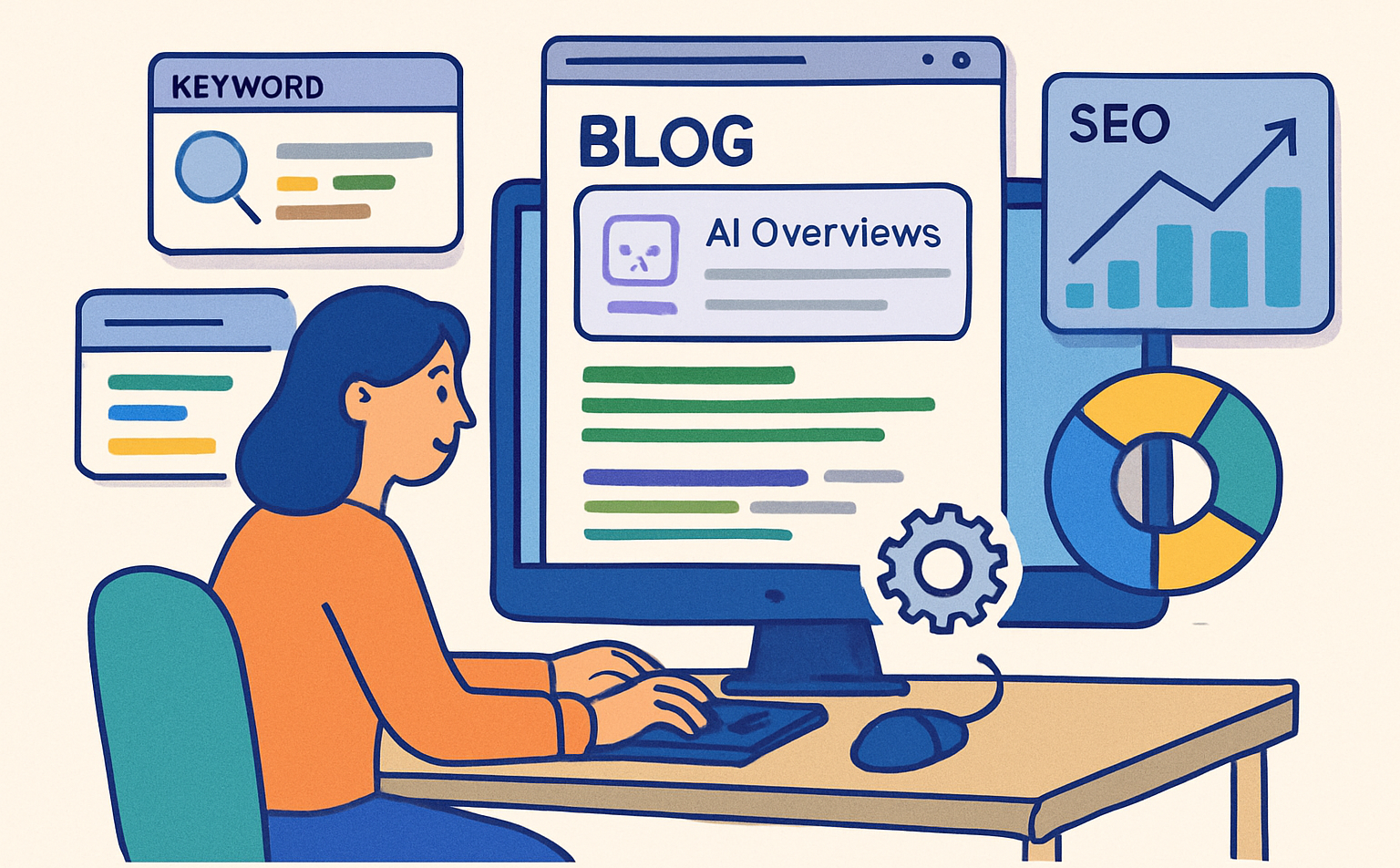
In the ever-evolving landscape of digital marketing, Search Engine Optimization (SEO) remains a cornerstone for businesses aiming to enhance their online visibility. As of 2025, here are ten best practices that have been tested and proven effective in driving traffic and improving search engine rankings.
1. Title Tag Optimization
The title tag is crucial as it appears in search results and informs both users and search engines about the content of your page. To optimize:
- Start with the main keyword: Place it at the beginning if possible.
- Keep it concise: Aim for 50-60 characters to ensure it displays fully in search results.
- Make it compelling: Encourage clicks by making it interesting and relevant.
2. Effective Use of Headings
Headings structure your content and help search engines understand its hierarchy. Implement these strategies:
- Use H1 for the main title: This should clearly describe the page’s content.
- Incorporate keywords: Use primary and secondary keywords in subheadings (H2, H3) to enhance relevance.
- Engage readers: Craft headings that entice users to continue reading.
3. Keyword Placement
Strategic keyword placement is vital for SEO success:
- Include the main keyword early: Use it within the first 100 words of your content.
- Distribute keywords naturally: Aim for at least three mentions throughout the article, including in the title tag, headings, and URL.
4. Optimize Site Loading Speed
Page speed is a critical ranking factor. To improve loading times:
- Compress images: Reduce file sizes without sacrificing quality.
- Minimize code: Streamline HTML, CSS, and JavaScript files.
- Utilize a Content Delivery Network (CDN): This helps deliver content faster by using servers closer to the user.
5. Internal Linking Strategy
Internal links help distribute page authority and improve navigation:
- Link to relevant content: Use anchor text that contains keywords related to the linked page.
- Enhance user experience: Provide links that guide users to additional valuable information.
6. Quality Content Creation
Content quality is paramount for SEO:
- Focus on originality: Create unique, informative articles that address user needs.
- Invest time in research: Ensure your content is well-researched and comprehensive.
7. Building Backlinks
Backlinks from reputable sites signal quality to search engines:
- Engage in guest blogging: Write articles for other websites with links back to your site.
- Fix broken links: Identify broken links on other sites and offer your content as a replacement.
8. Optimize Meta Descriptions
Meta descriptions influence click-through rates:
- Craft engaging summaries: Write concise descriptions (150-160 characters) that summarize the page’s content.
- Include keywords: While not a ranking factor, relevant keywords can attract clicks.
9. Focus on User Experience (UX/UI)
A positive user experience can boost rankings:
- Ensure mobile responsiveness: Design your site to function well on all devices.
- Reduce bounce rates: Create engaging layouts that encourage users to stay longer on your site.
10. Image Optimization
Images contribute to SEO when optimized correctly:
- Use descriptive file names and alt text: This helps search engines understand image context while improving accessibility.
- Compress images for faster loading: Ensure images do not slow down page performance.
Conclusion
Implementing these SEO best practices can significantly enhance your website’s visibility and ranking in search results. As search engine algorithms continue to evolve, staying updated with these strategies will ensure your business remains competitive in the digital landscape. Prioritize quality content, effective keyword use, and a seamless user experience for sustained success in SEO.






